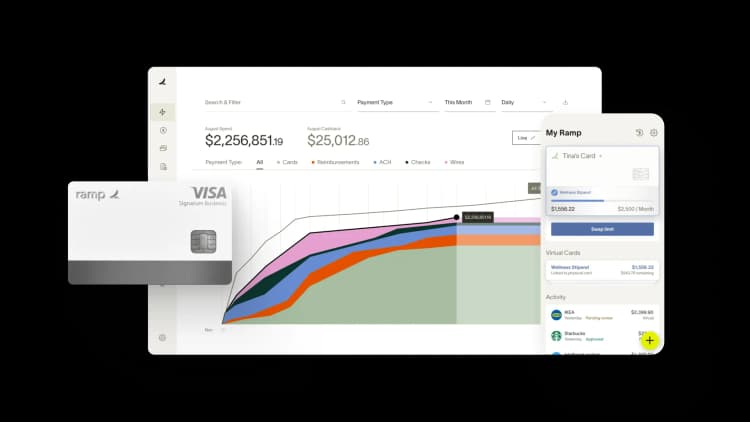What is “velocity coding”? Where the term came from

- What is “velocity coding”?
- Where did velocity coding come from?
- How velocity coding works
- Does velocity coding matter?
- TL;DR

What is “velocity coding”?
Velocity coding is an informal term for a software development approach focused on shipping functional features quickly—delivering immediate business value over polished, perfect code. Instead of building for theoretical edge cases or gold-standard architecture from day one, teams prioritize speed and iteration.
Teams using velocity coding as an approach aim to:
- Implement a minimum viable solution for current needs
- Refactor later if the feature proves valuable
As competition intensifies and user expectations grow, businesses are under increasing pressure to deliver software quickly. Approaches like velocity coding, which align with agile principles, can help teams release iterations sooner. However, code quality should still be top-of-mind.
Where did velocity coding come from?
The philosophy behind velocity coding was shaped by startup culture and agile development practices, as startups needed to get to market fast and traditional development models felt too slow and heavy.
While no single person coined the term, the philosophy echoes ideas popularized by tech leaders and early adopters of agile.
As high-growth companies experimented with rapid releases, engineers began documenting their methods through blogs and forums. Over time, what was once just “coding fast” evolved into an informal methodology to act as a shortcut to technical debt.
How velocity coding works
Velocity coding is often paired with modern DevOps practices and continuous delivery. Teams break projects into small, independent features that can be built and shipped fast—sometimes daily.
Core elements of velocity coding as an approach include:
- Prioritizing business value: Teams build features with measurable, short-term impact where “nice-to-haves” are postponed or deprioritized
- Robust pipelines: Automated testing and deployment reduce risk while maintaining speed
- Feature flags: Allow teams to test features in production, roll out gradually, and revert quickly if needed
- Production monitoring: Issues are caught early, helping teams iterate based on real-world data
- Bias toward action: Teams ship real features instead of debating hypotheticals where imperfection is expected and planned for
Does velocity coding matter?
Velocity coding shortens time-to-market and boosts agility. By testing features quickly, teams avoid sinking time and budget into ideas that don’t land. Instead, they prioritize what customers actually use based on real behavior. However, trade-offs between quality of code is still important to maintain, even with velocity in mind.
Velocity coding can also shift company culture. Teams develop comfort with experimentation and a focus on progress over perfection.
In practice, that could mean:
- A product team sees a competitor’s new feature, ships a simplified version in weeks, and expands from there
- A marketing team launches five small campaigns, doubles down on the best performer, and ditches what doesn’t work
TL;DR
Velocity coding is an informal development strategy that prioritizes fast delivery and business impact over technical perfection. It encourages teams to ship quickly, learn from real-world use, and iterate with purpose.

Don't miss these
“Ramp gives us one structured intake, one set of guardrails, and clean data end‑to‑end— that’s how we save 20 hours/month and buy back days at close.”
David Eckstein
CFO, Vanta

“Ramp is the only vendor that can service all of our employees across the globe in one unified system. They handle multiple currencies seamlessly, integrate with all of our accounting systems, and thanks to their customizable card and policy controls, we're compliant worldwide.” ”
Brandon Zell
Chief Accounting Officer, Notion

“When our teams need something, they usually need it right away. The more time we can save doing all those tedious tasks, the more time we can dedicate to supporting our student-athletes.”
Sarah Harris
Secretary, The University of Tennessee Athletics Foundation, Inc.

“Ramp had everything we were looking for, and even things we weren't looking for. The policy aspects, that's something I never even dreamed of that a purchasing card program could handle.”
Doug Volesky
Director of Finance, City of Mount Vernon

“Switching from Brex to Ramp wasn’t just a platform swap—it was a strategic upgrade that aligned with our mission to be agile, efficient, and financially savvy.”
Lily Liu
CEO, Piñata

“With Ramp, everything lives in one place. You can click into a vendor and see every transaction, invoice, and contract. That didn’t exist in Zip. It’s made approvals much faster because decision-makers aren’t chasing down information—they have it all at their fingertips.”
Ryan Williams
Manager, Contract and Vendor Management, Advisor360°

“The ability to create flexible parameters, such as allowing bookings up to 25% above market rate, has been really good for us. Plus, having all the information within the same platform is really valuable.”
Caroline Hill
Assistant Controller, Sana Benefits

“More vendors are allowing for discounts now, because they’re seeing the quick payment. That started with Ramp—getting everyone paid on time. We’ll get a 1-2% discount for paying early. That doesn’t sound like a lot, but when you’re dealing with hundreds of millions of dollars, it does add up.”
James Hardy
CFO, SAM Construction Group






